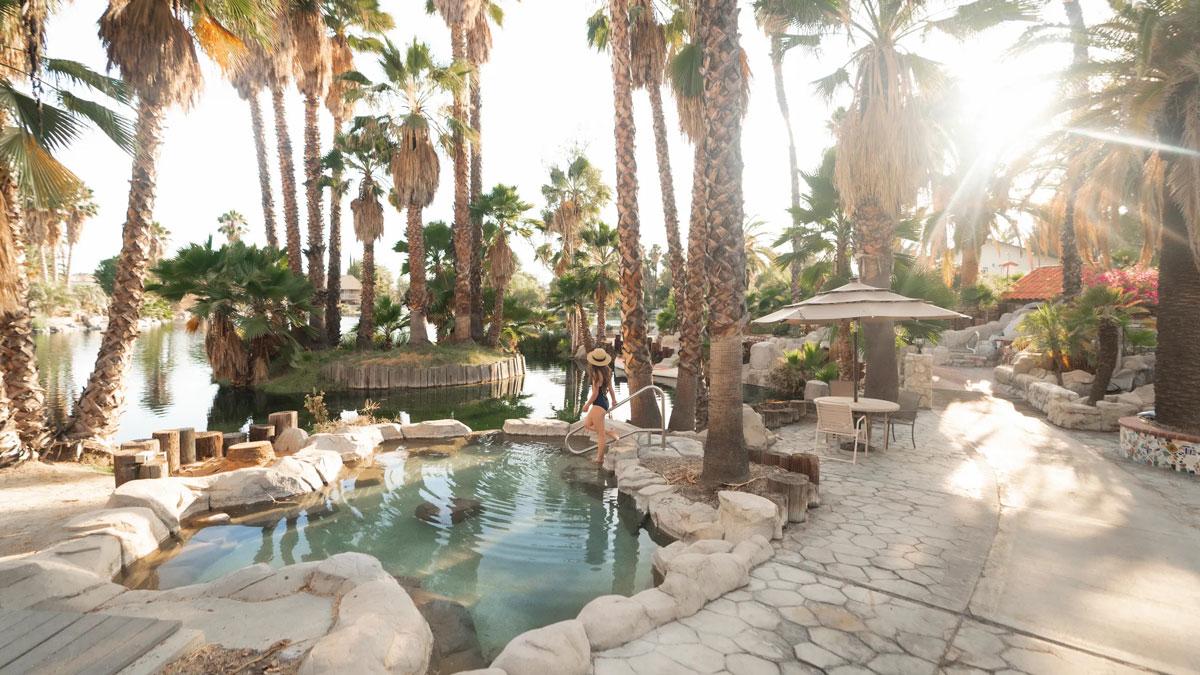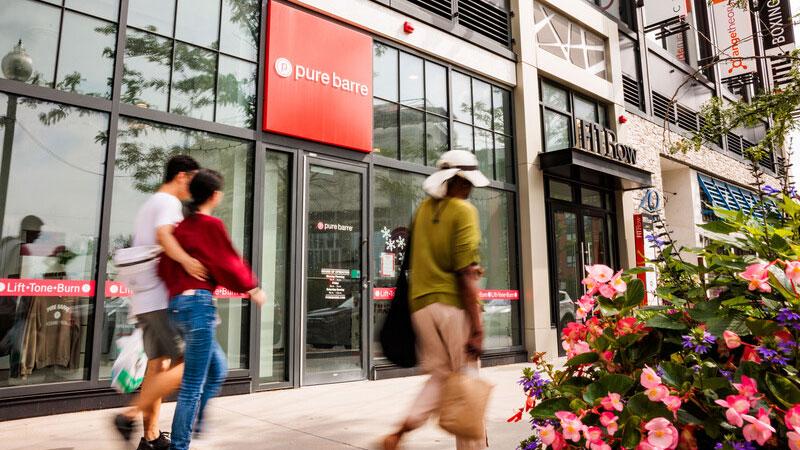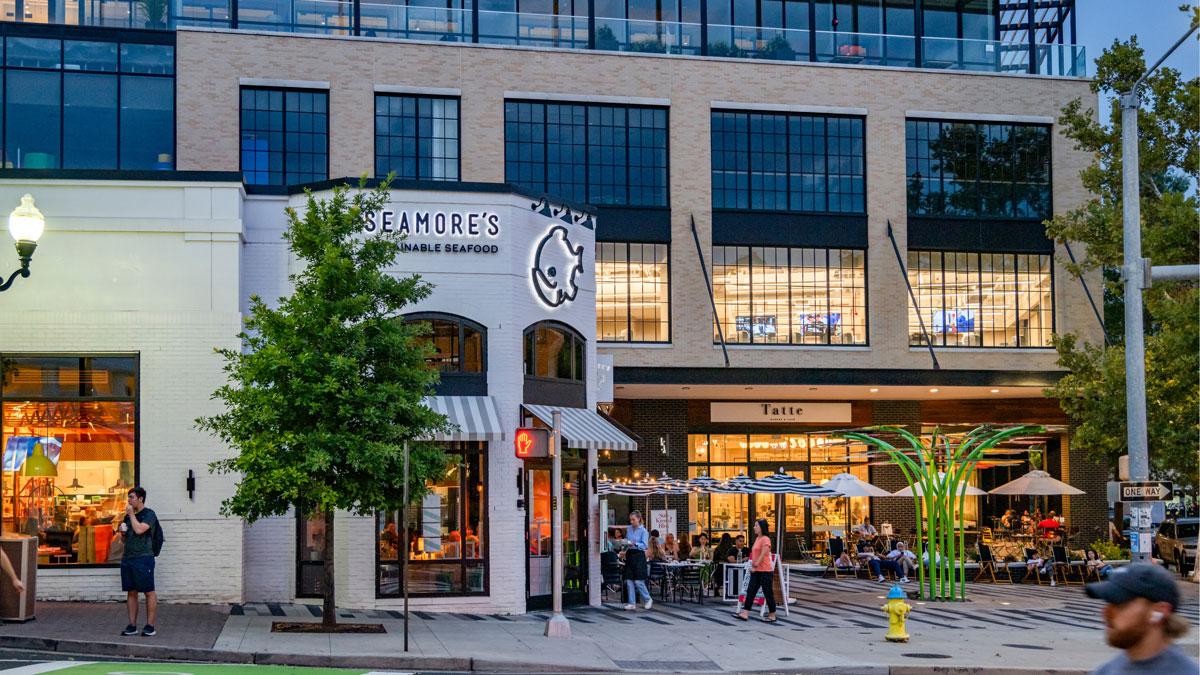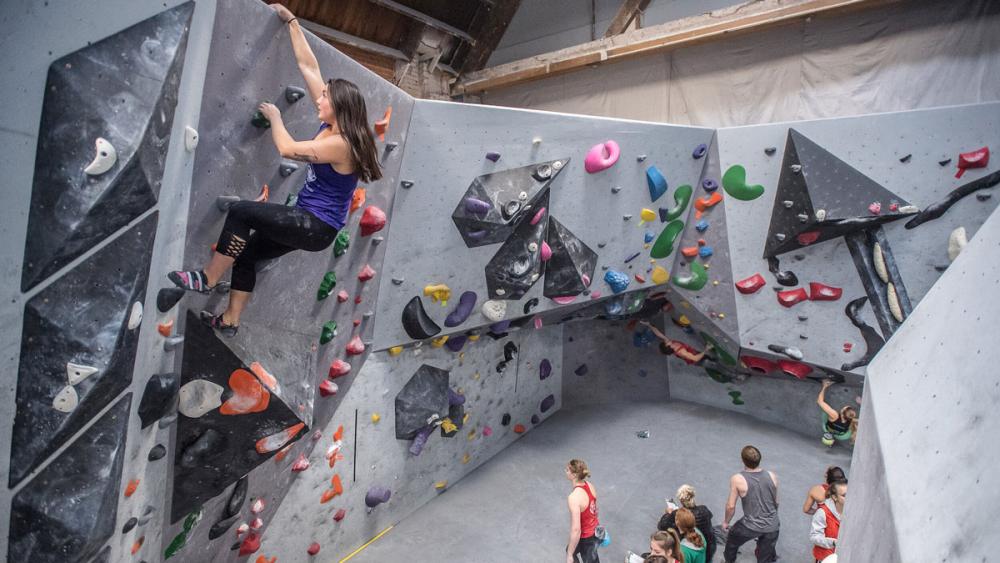
Health and wellness options seem to be everywhere today, from yoga, boxing, and cycling studios to climbing gyms, juice bars, and massage therapy—to name just a few. There’s a good chance that many of those offerings are housed within REIT-owned properties, as the industry remains focused on the evolution of real estate and its alignment with consumer preferences.
Nearly 100 million U.S. adults plan to prioritize health and fitness in 2025, according to a Health & Fitness Association survey. To meet their goals, consumers spend heftily on products and services that enhance their health, fitness, nutrition, appearance, sleep, and mental health. The U.S. wellness economy is valued at $1.8 trillion, according to the Global Wellness Institute, making it the largest in the world.
This skyrocketing demand is not lost on REITs, which are actively developing and leasing fitness and wellness properties to create value and stay ahead of the curve.
REIT.com spoke with three REITs to learn more about the path each is taking in this flourishing market niche.
EPR Properties’ focus on non-commodity assets
For Kansas City, Missouri-based EPR Properties (NYSE: EPR), fitness and wellness is a growing element within its experiential real estate portfolio, which also includes movie theaters, amusement parks, ski resorts, eat-and-play venues (including Top Golf), and experiential lodging destinations.
Its tenants are geared toward bringing people together in group settings and creating experiences. EPR says this is a $100 billion market, driven by baby boomers and millennials who prefer investing in experiences over material things. EPR has $6.9 billion in investments in 352 locations across 44 states and Canada.
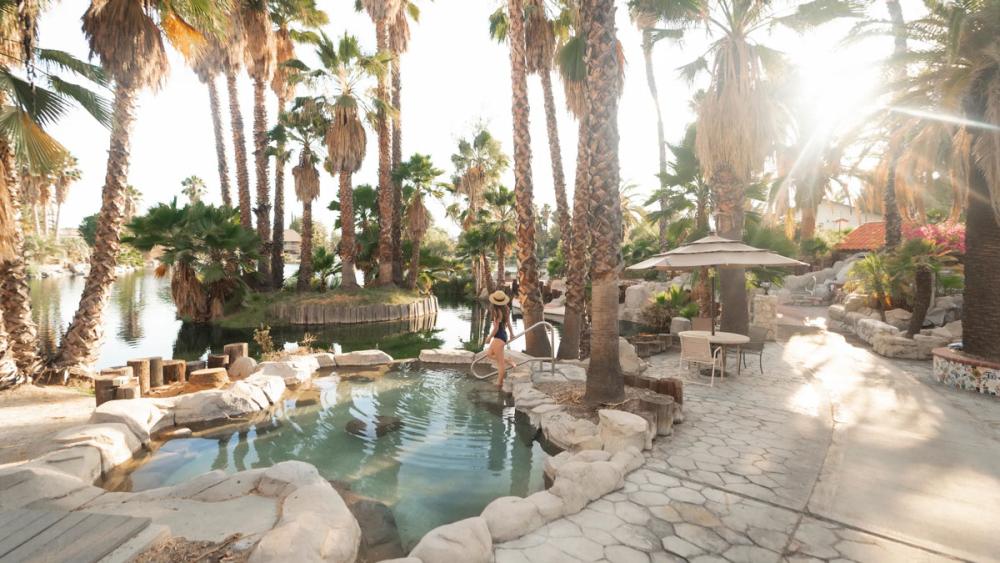
Clearly, experience-based properties took a hit with the COVID-19 pandemic shutdowns, and most of EPR’s tenants were forced to temporarily close. However, EPR has made a strong recovery, with rent coverage at its non-theater properties now surpassing pre-pandemic levels.
Although EPR owns some very high-performing theaters, challenges remain, and the company is reducing its theater exposure. EPR’s strategy is to downsize its theater footprint and invest in eight target property types, including health and wellness assets, to meet increasing consumer demand.
That plan is fully underway. In the third quarter of 2024, theaters made up 36% of EPR’s portfolio, down from 45% pre-pandemic. Fitness and wellness increased from 0.9% to 8% of the business. EPR is also increasing its focus on attractions, which rose from 6% to 12%.
Greg Silvers, EPR chairman and CEO, sees demand only accelerating as consumers continue to prioritize their health and well-being. “Fitness and wellness can easily be 15% of our portfolio, so there's a lot of growth opportunity,” he says.
EPR has a very intentional focus on investing in non-commodity areas in the fitness and wellness industry, including hot springs and climbing gyms. The company’s wellness portfolio includes 22 properties and nine operators.
“This isn't your on-the-corner fitness facility with a bunch of machines,” Silvers explains. “These are curated experiences for which people are willing to pay a premium and there's increased demand.”

EPR continues to build out its portfolio of investments of premier hot springs properties as more consumers are seeking the restorative benefits of luxury hot springs. EPR recently acquired Iron Mountain Hot Springs in Glenwood Springs, Colorado, and says it is among the top three hot springs attractions in the U.S. for attendance and EBITDA. It also owns The Springs Resort in Pagosa Springs, Colorado, and the recently opened Murrieta Hot Springs Resort in Murrieta, California.
“Because we're playing in these little more niche areas, we don't see a lot of competition,” Silvers says. “We have the ability to go out and find what we think are very strong cash flow assets that we have tested through COVID and seen their resilience, and we think there’s increasing demand.”
Another proven investment in wellness and fitness for EPR is climbing gyms. EPR owns three, including its latest acquisition of the VITAL Climbing Gym in Williamsburg, Brooklyn. The facility also features a rooftop wellness sanctuary with yoga and cycling spacesand a cafe. Silvers says it has 6,000 members.
He notes that many of these non-commodity fitness properties are fostering communities and that adds stickiness as an investment.
“The problem with your typical gym is every December, people say, ‘I'm eating too much. I need to work out,’” Silvers says. “But you really don't see a community develop. Whereas in some of these little more esoteric ideas, whether it's our climbing gyms or hot springs, it becomes a community. You see a lot of repeat visits and an affinity for the activity, and that builds a level of stickiness that’s functionally good for us to underwrite.”
EPR also has 11 ski properties representing 8% of its portfolio. The company finances regional ski resorts across the U.S. Multi-resort season pass networks and advanced snowmaking provide increased flexibility for consumers, with season passes accounting for more than 50% of skier visits.
Its ski areas also transition into year-round resorts with zip lines, mountain coasters, and mountain biking as popular off-season activities. “Demand has been very resilient,” Silvers notes.
When looking for new experiential concepts, EPR’s thesis is that it must be an activity that’s not only popular, but durable, Silvers explains. “We're going to rent a property for 20 years to somebody, so we need it to be not only effective when we close the deal, but effective for a long period of time.”
EPR’s underwriting team spends a lot of time focusing on the drivers that make a concept successful. What does the customer look like? What’s the addressable market? “We’re not trying to be an operator,” Silvers says, “but we're trying to understand what is key to their success, because their success becomes our success.”
Silvers notes that many concepts want EPR’s support to help them grow. “There's a lot of frog kissing, meaning that you see a lot of things, but not everything resonates. But when you find something and you're an early mover, the validation from the market comes when other people want to also be a participant or real estate provider.”
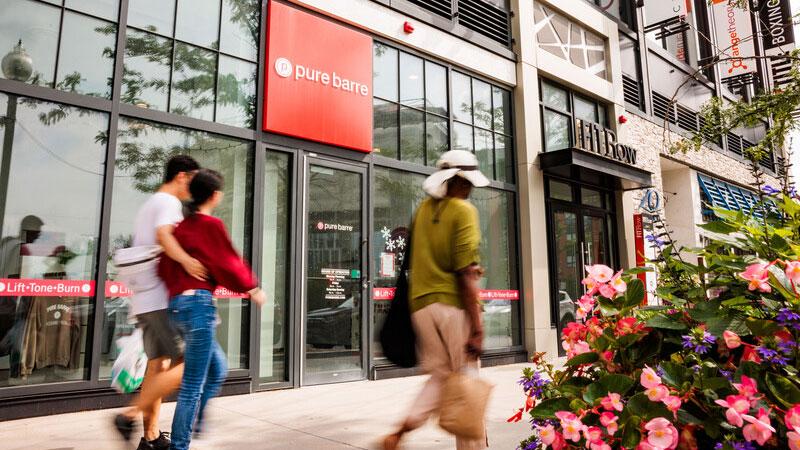
Federal Realty Sees Benefits from Clustering
When Rockville, Maryland-based Federal Realty Investment Trust (NYSE: FRT), an owner of top-tier retail and mixed-use properties, began leasing Assembly Row in Somerville, Massachusetts, the urban, mixed-use property was designed for a large, full-scale health club.
However, Federal Realty recognized a growing shift in demand from large health clubs to boutique fitness studios.
“It became clear early on that fitness would be a crucial component of the neighborhood, but we would need to approach it differently, in a fresh, forward-thinking way that, frankly, departed from traditional industry practices,” says Liz Ryan, Federal Realty’s vice president of leasing.
Federal Realty leased the larger portion of the space to Lucky Strike bowling, leaving 15,000 square feet of second-level space to develop a fitness component.
“We knew that we had this incredible opportunity,” Ryan says, pointing to a best-in-class, mixed-use neighborhood with incredible demographics, a diverse population, and accessibility with the MBTA Orange Line.
In a unique move, the company opted to cluster fitness concepts together to create a destination. Federal launched FITRow, which includes five boutique studios under one roof: Orangetheory Fitness, Title Boxing, Pure Bar, Club Pilates, and CycleBar, along with Squeeze Juice Co.
“This concept was not only new to that market but also groundbreaking for the industry,” Ryan says.
FITRow proved so successful that Federal Realty replicated it at Congressional Plaza in Rockville, Maryland, and sees potential for expansion in its portfolio and the overall retail industry.
“I continue to get calls from landlords and developers saying, ‘Tell me how this came to be?’” Ryan says. “We had never seen this done anywhere, where you're essentially putting competing uses on top of one another.”
However, the fitness boutiques welcomed one another.
“It became evident that they didn't actually see each other as competitors, rather, if curated thoughtfully, they viewed it as an opportunity to collaborate and leverage one another’s member base to drive mutual growth,” Ryan says.
Their target customer is female, primarily ages 25 to 40, who is willing to pay a premium for a customized, elevated fitness experience.
“She's looking for an elevated fitness experience, but she's also looking to have other amenities and services available, tying into her whole Assembly Row experience. She's coming to exercise, have a glass of wine with her girlfriends afterwards, maybe go shopping, or see a movie.”
However, FITrow isn’t only attracting workout enthusiasts but also the general public, adding to its success. Along with the juice bar, Federal Realty created a rooftop deck with attractive seating for all to enjoy. “It really has become a hub for more than just fitness but the overall community,” Ryan adds.

Regency Centers Strikes a Balance
Jacksonville, Florida-based Regency Centers Corp. (Nasdaq: REG), which owns a portfolio of retail centers in strong suburban trade areas, boasts many tenants in the fitness and wellness market.
“We operate close to 500 shopping centers across the country, with a large percentage having some form of fitness concept,” says Andrew Kabat, senior vice president, senior market officer, overseeing Regency's Mid-Atlantic portfolio.
Kabat describes the “deconstructed” fitness boom underway, where in some cases, big gyms are giving rise to smaller, individual fitness and wellness components. “There continues to be a push for more focused fitness operations in much smaller footprints,” he says.
Additionally, more retail centers are offering multiple fitness concepts on the same property.
“We're actively working on and executing deals with the groups that dominate the category,” Kabat says, pointing to yoga-centric, pilates-centric, and cycle-centric types of concepts. “We’re figuring out ways to create a platform where there can be multiple fitness users in a project.”
For example, Regency’s Westlake Plaza near Los Angeles has five such fitness and wellness concepts: Club Pilates, Corepower Yoga, Restore Hyper Wellness & Cryo, Skin Laundry, and SUGARED + BRONZED.
However, that certainly doesn’t mean large, full-service gyms aren’t also expanding. Regency is also working with concepts like Life Time and LA Fitness.
Regency’s Crossing Clarendon in Arlington, Virginia, a multi-block, mixed-use development, is home to a new 113,000-square-foot Life Time fitness center, LifeSpa, and Life Time Work coworking space, spanning four floors. Among its offerings are fitness classes, a sauna, steam room, cafe and lounge, and salon.
However, the Crossing Clarendon also houses SoulCycle and hot yoga studio SoulFire Collective as tenants.
“There's a lot of harmony to be found amongst those three users,” Kabat notes. “We believe there's a place for everyone, so every day, we're looking to integrate those folks into our shops. Striking that balance is part of the fun of what we do.”
